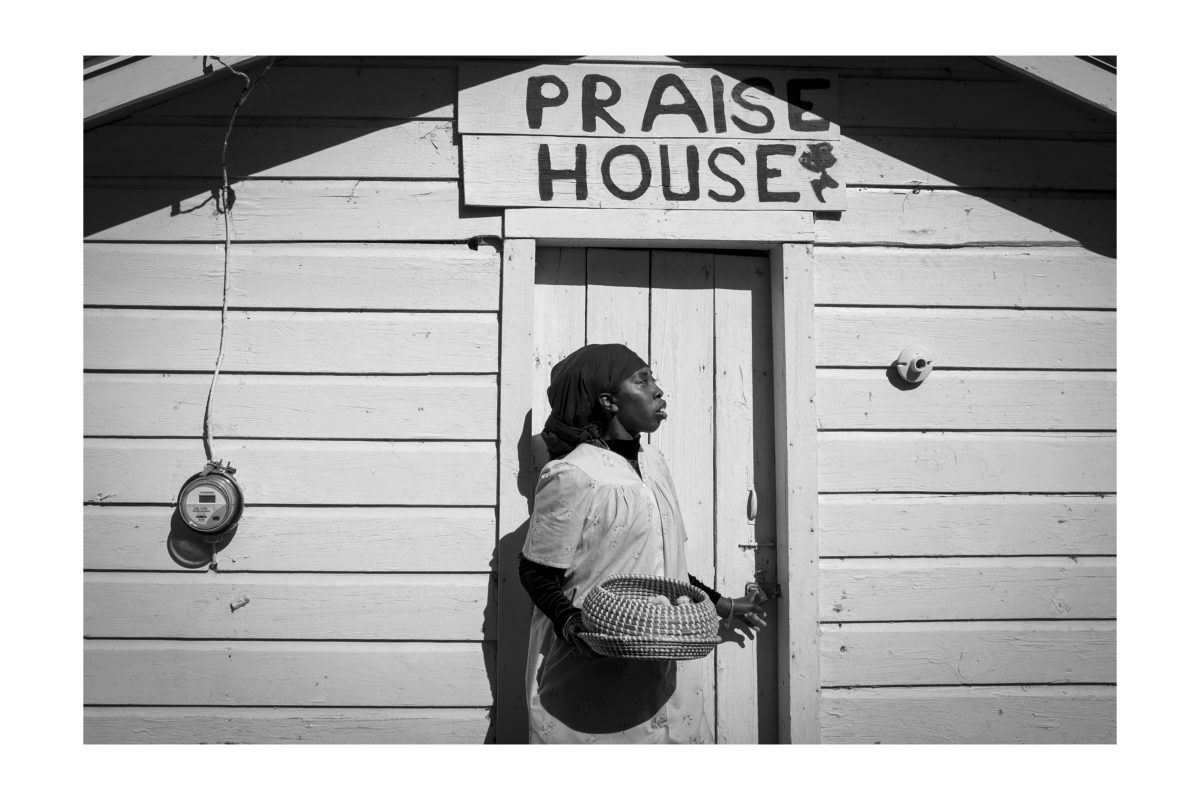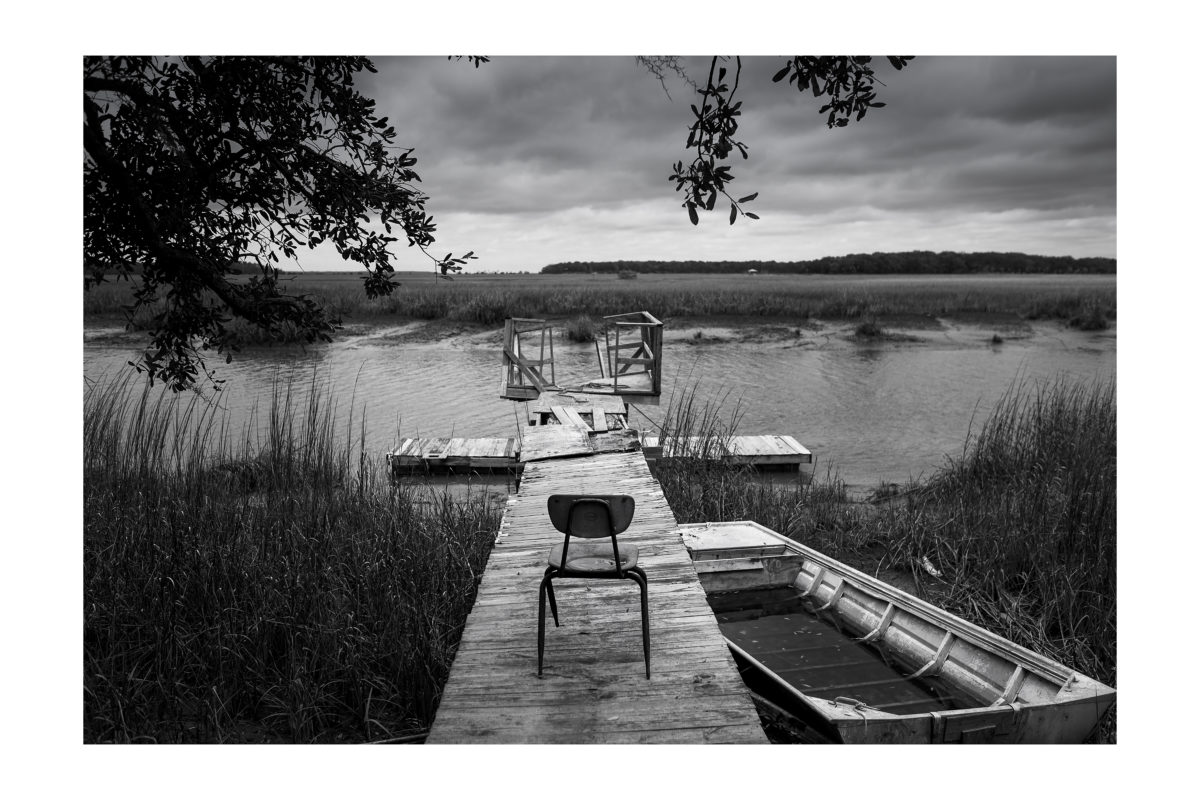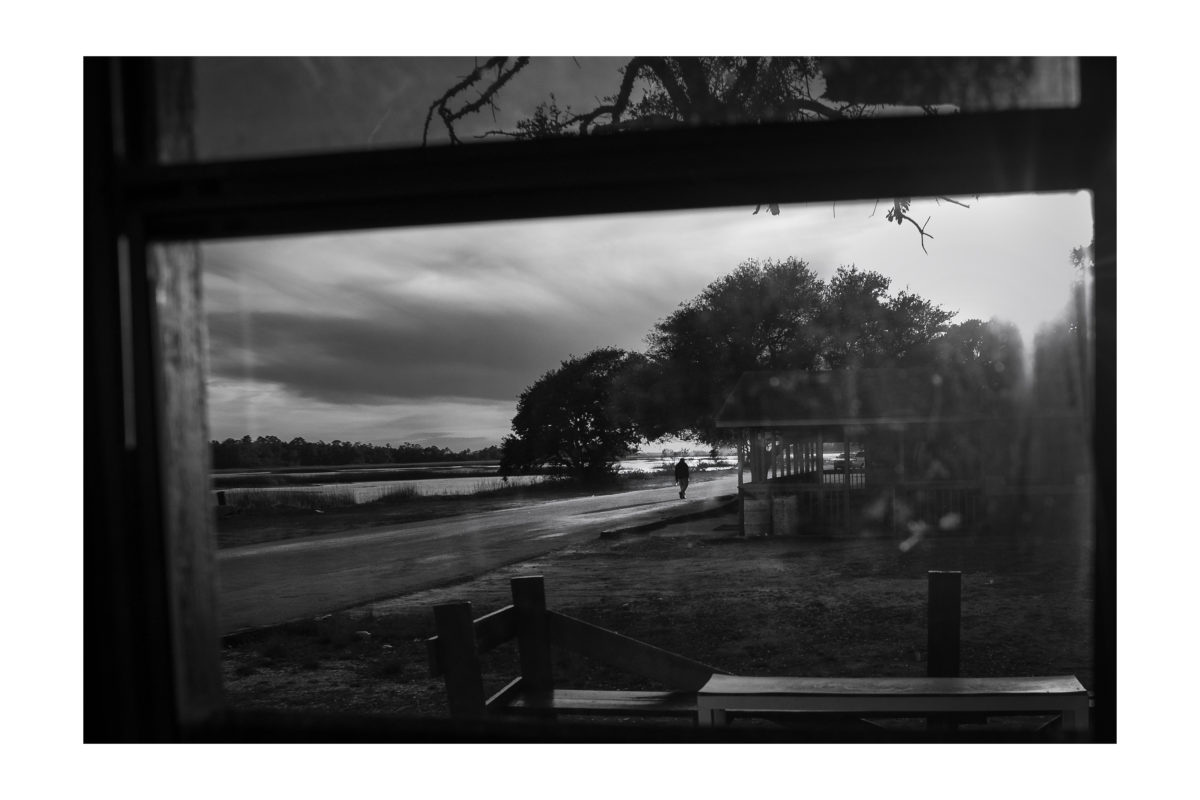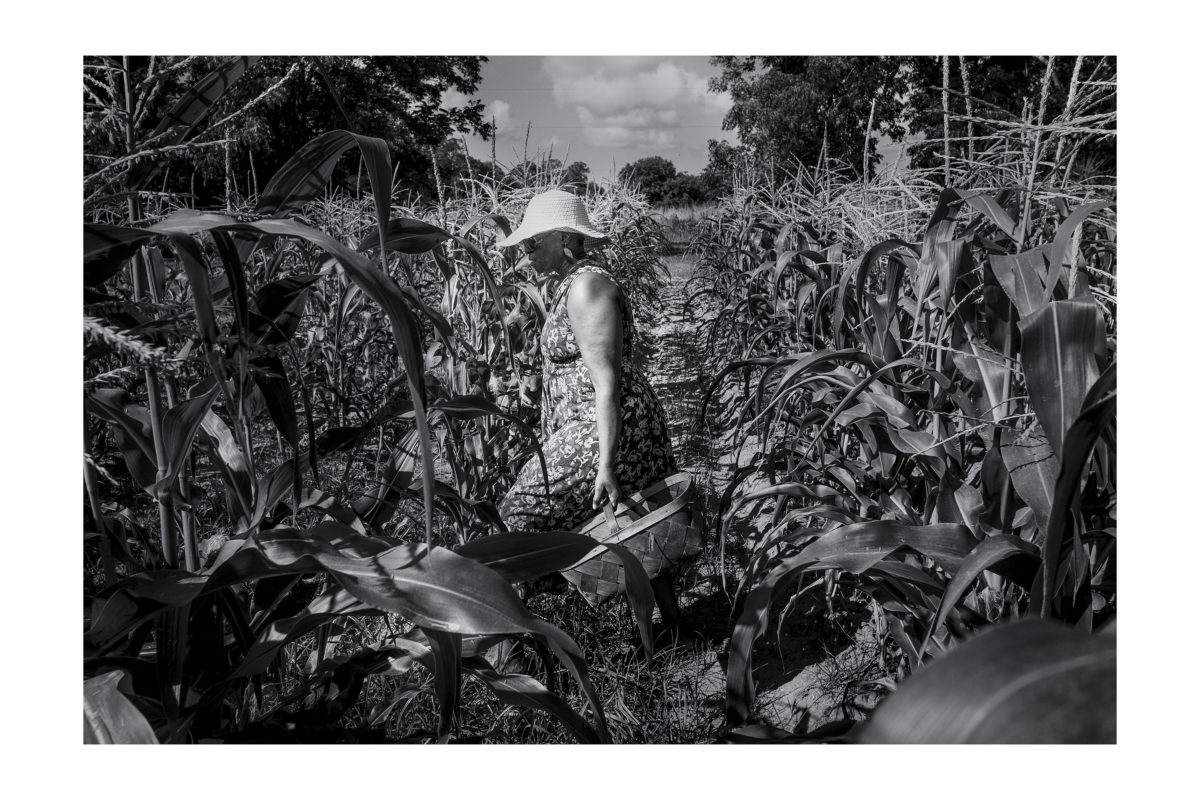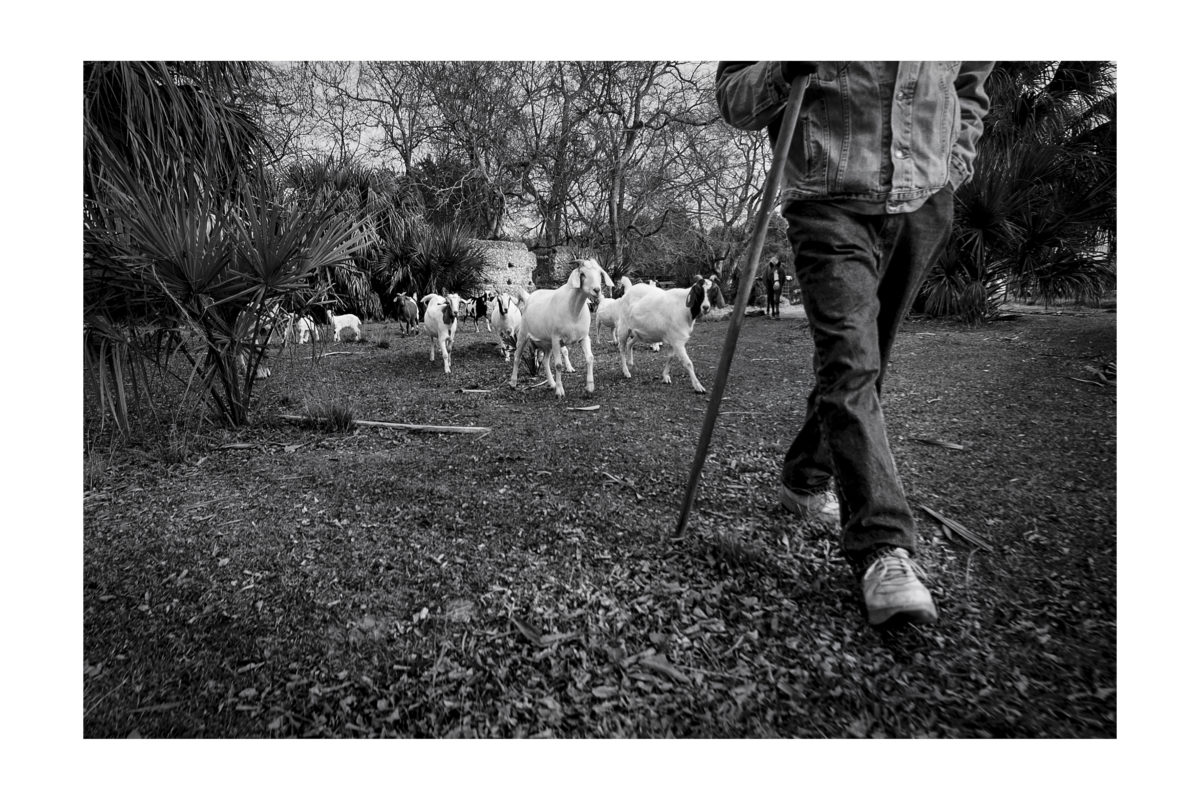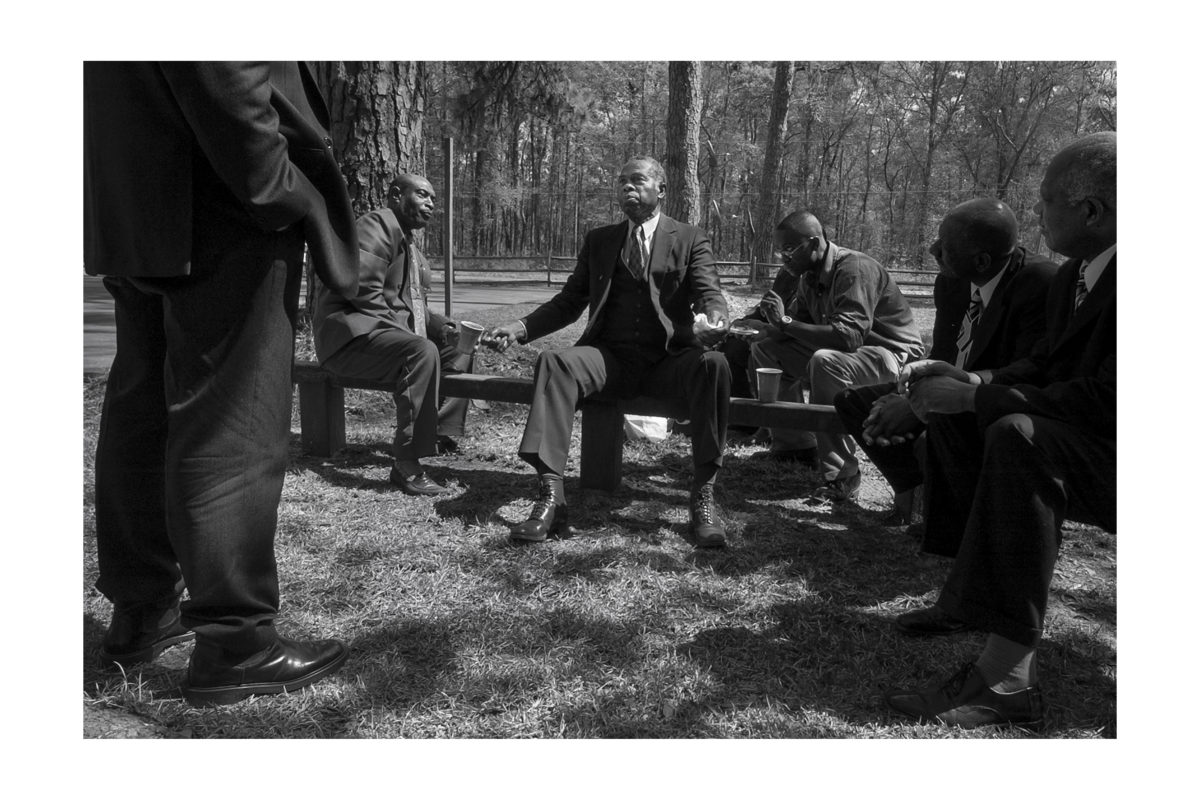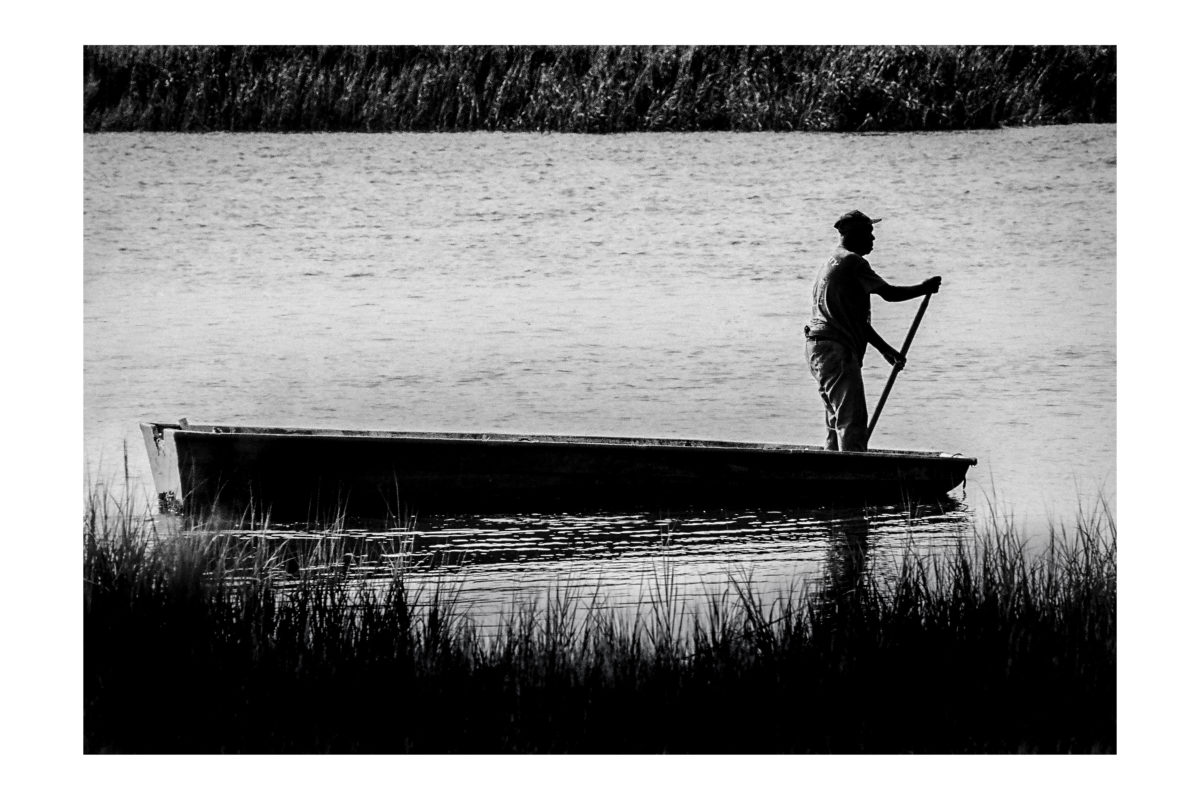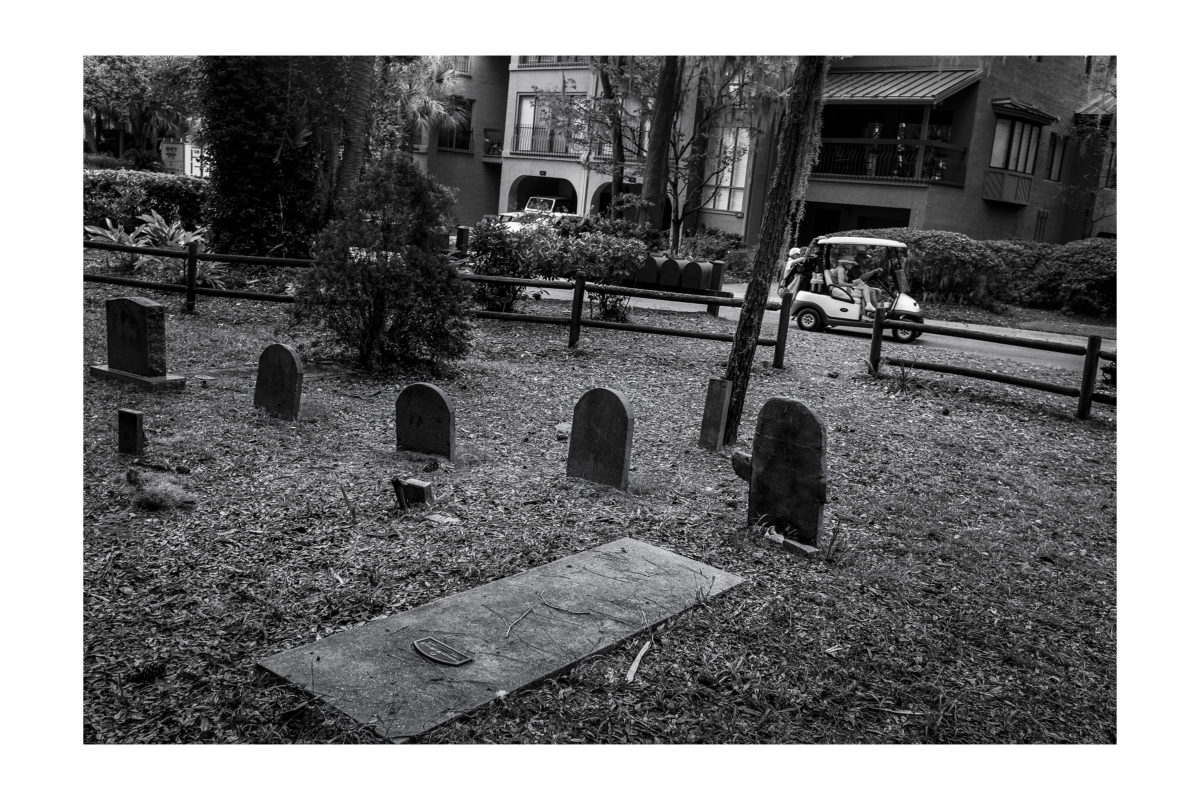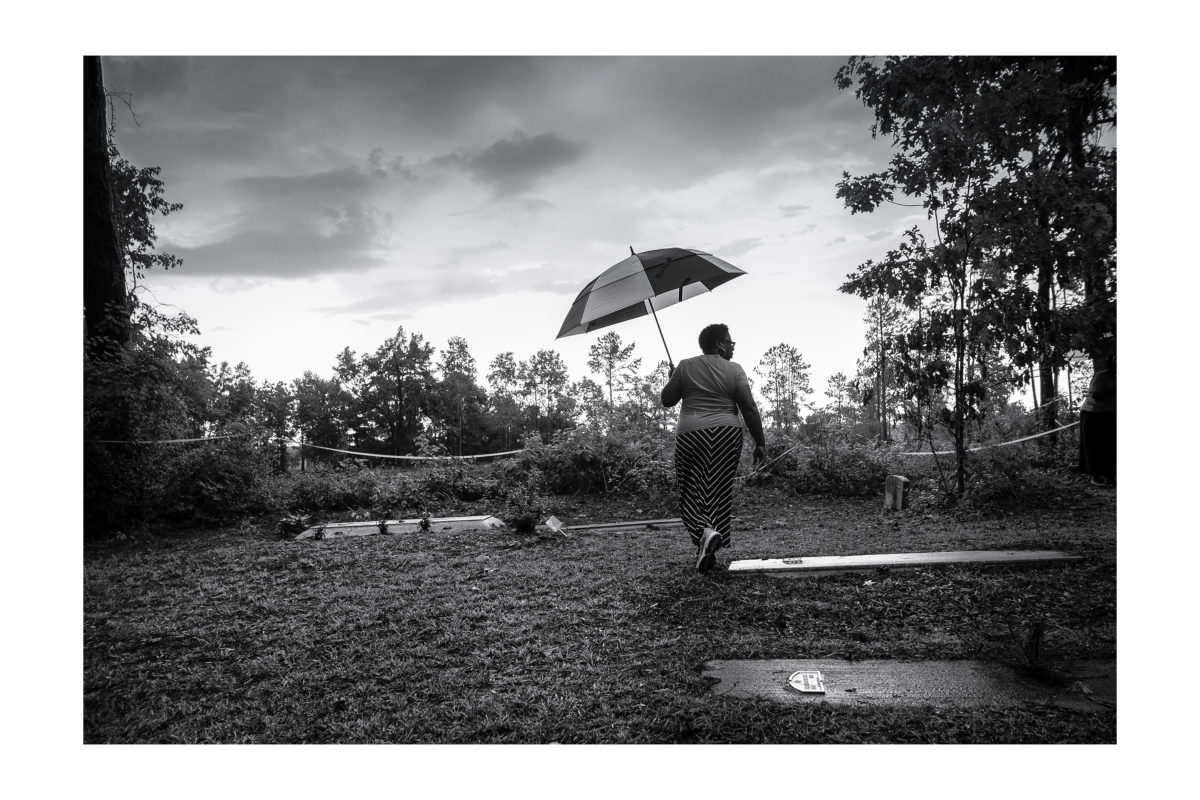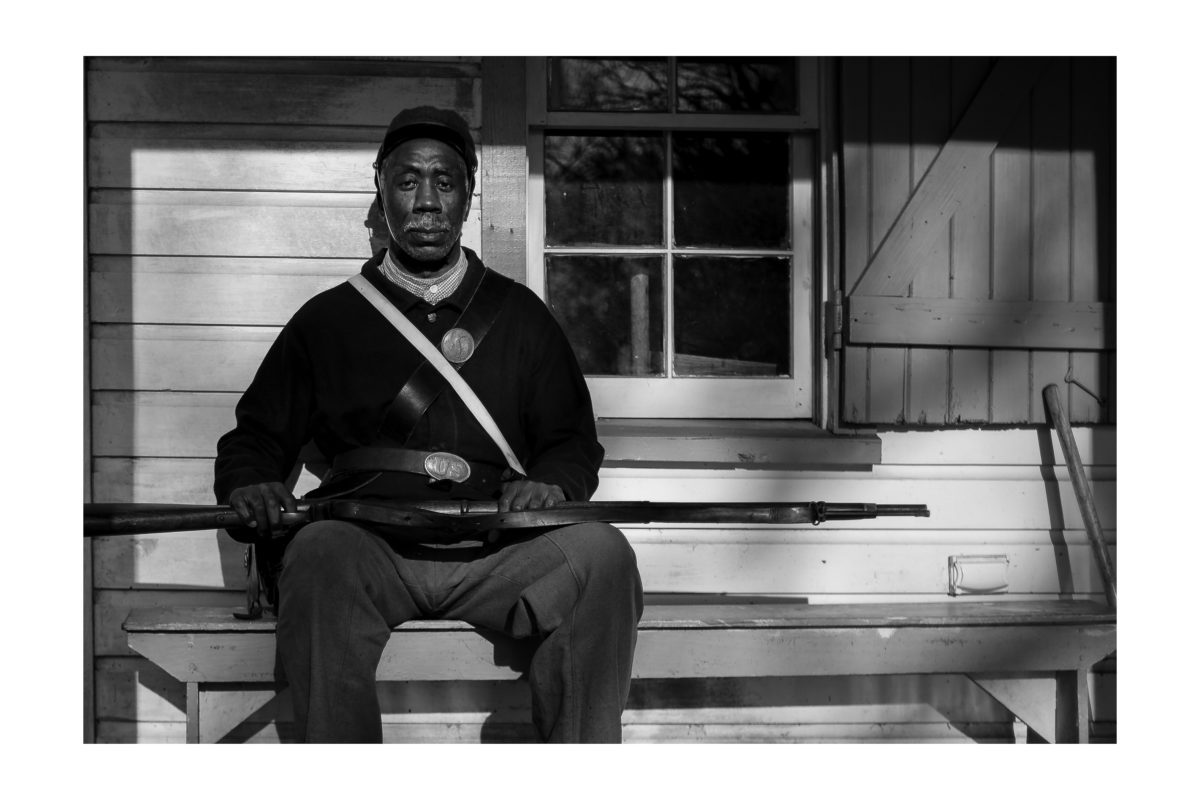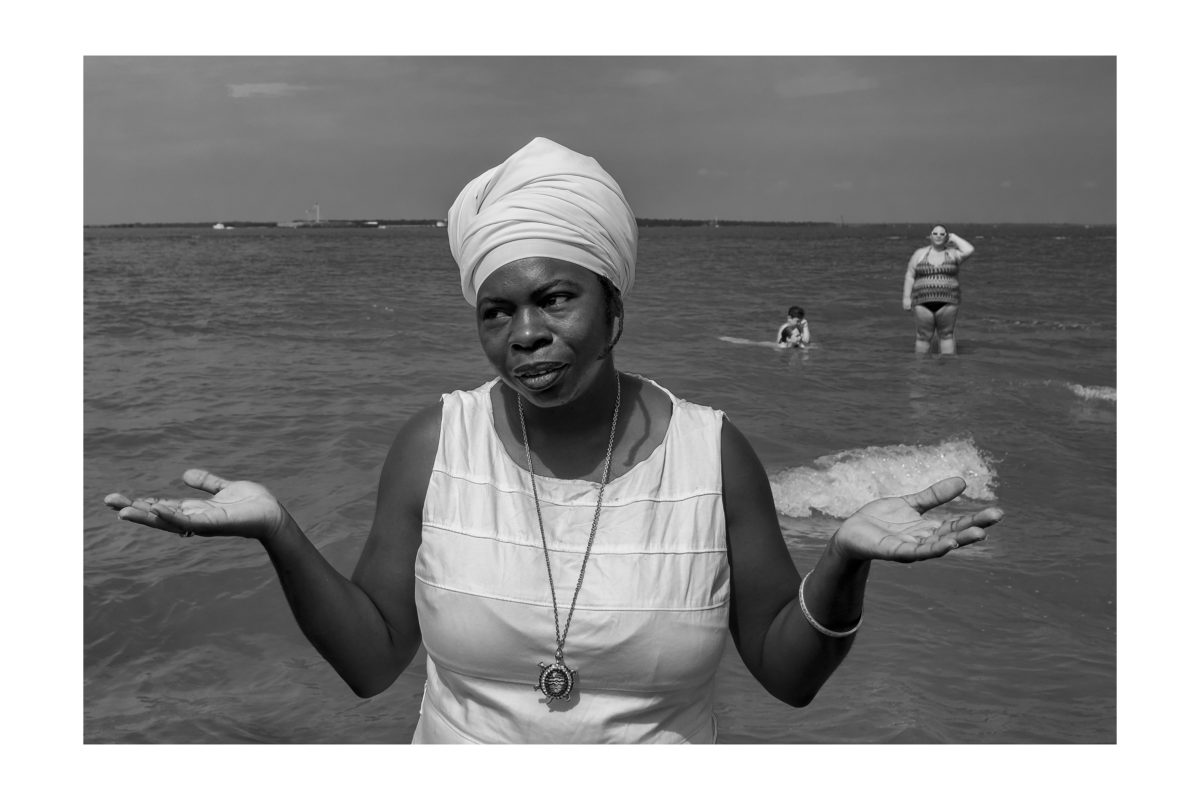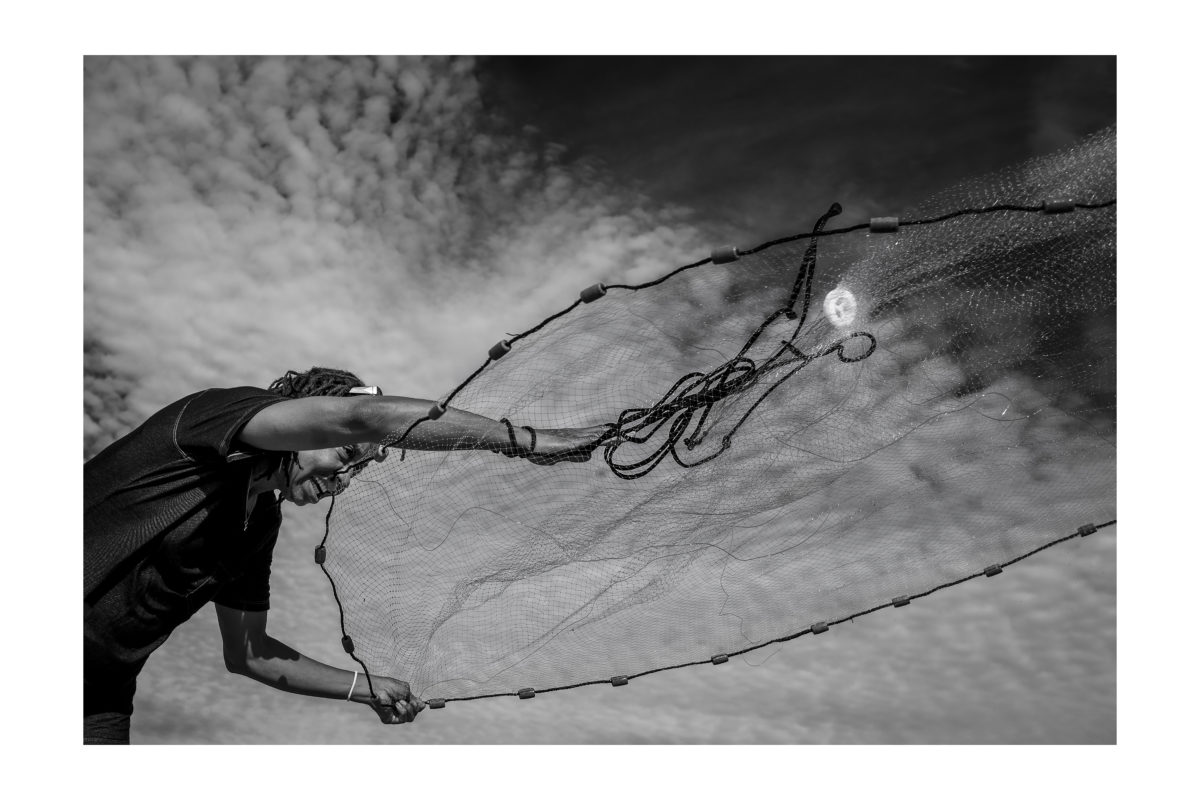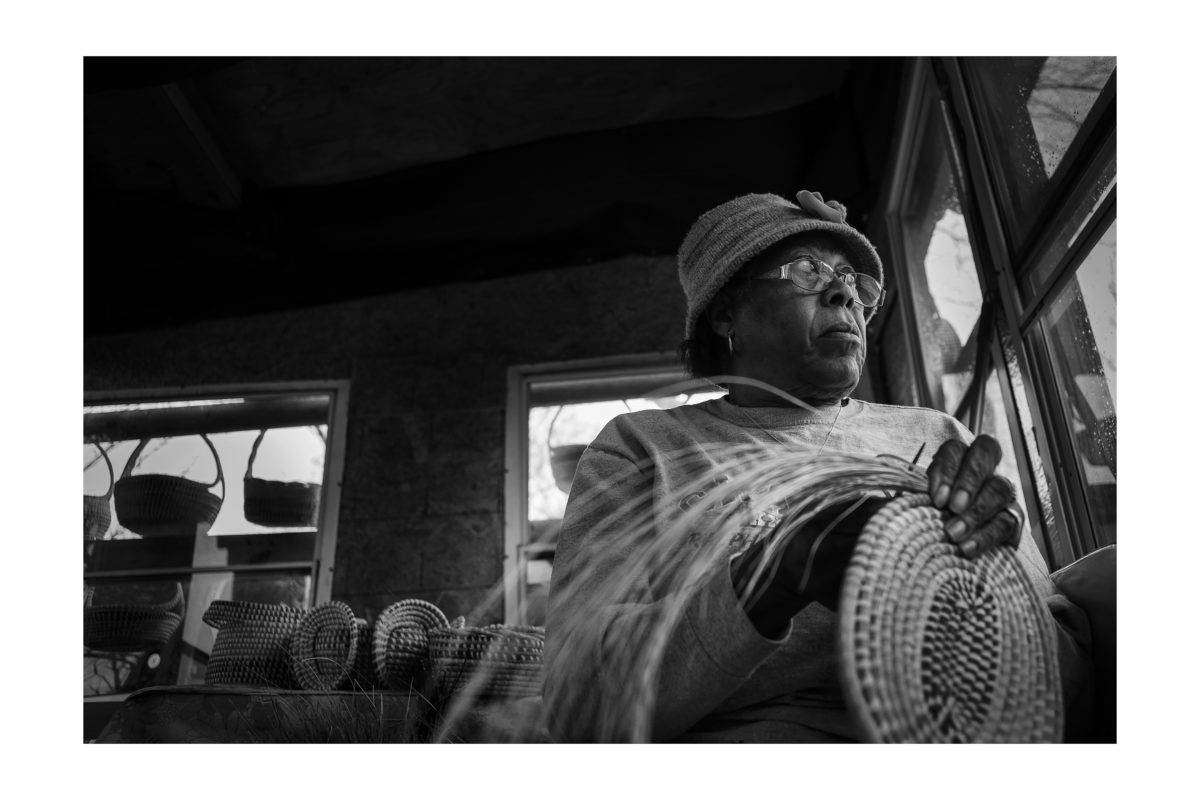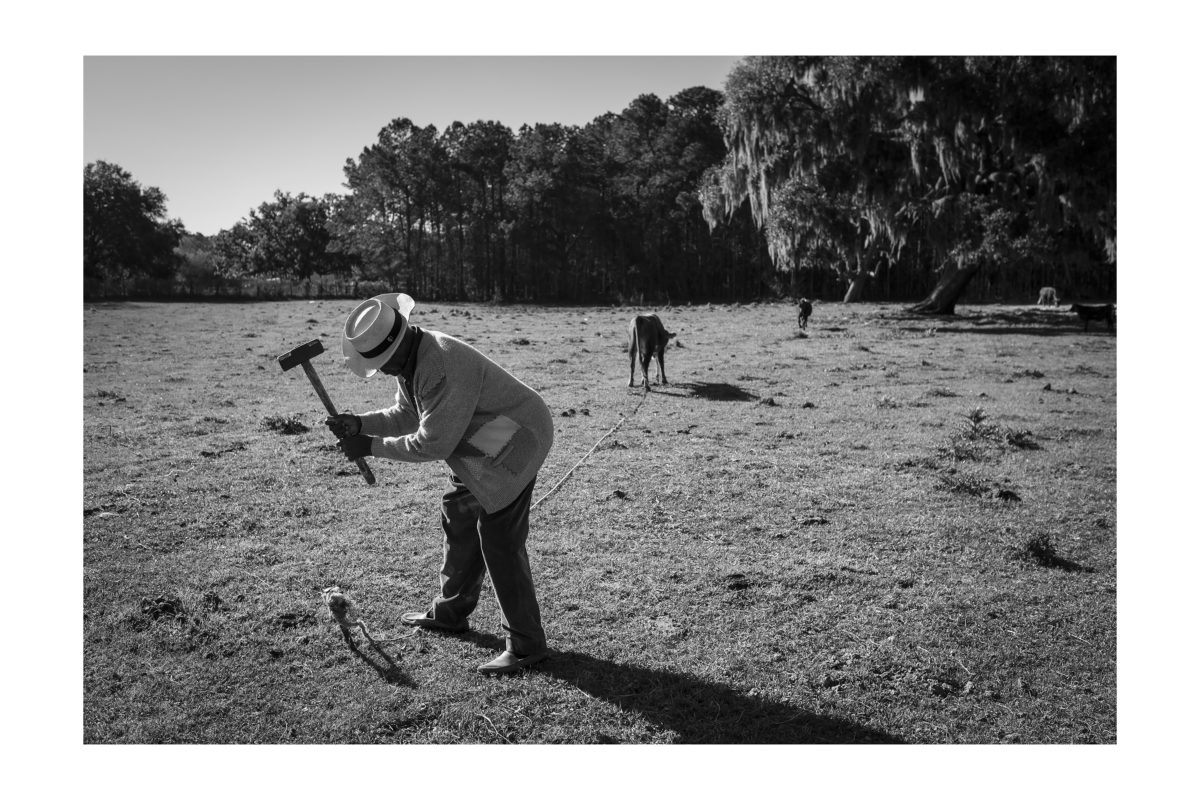Shadows of the Gullah Geechee
Photography by Pete Marovich
When slavery was abolished in 1863, the Gullah Geechee people of the Sea Islands settled in the lands they once worked as slaves when plantation owners abandoned their property. They continued their traditions and created their own communities steeped in religion and African traditions. They are known as Gullah in North and South Carolina and Geechee in Georgia and Florida.
Having lived this way for decades, the Gullah Geechee are believed to be one of the most authentic African American communities in the United States.
Now their culture is in danger of being consumed by golf courses, resorts and million-dollar homes. Many are losing their land due to skyrocketing property taxes and their their access to traditional hunting and fishing grounds have been cut off. Large corporate fishing operations and strict fishing regulations strangle the independent Gullah Geechee shrimper and oysterman.
Development has either removed or cut off access to the materials that the Gullah Geechee use to create their iconic sweetgrass baskets. And history seems to keep repeating itself as the Gullah Geechee have had numerous fights over the past 50 years to maintain their free access to their traditional
cemeteries that have either been threatened by development or surrounded by private gated communities.
The Gullah Geechee Coast extends for hundreds of miles between Cape Fear, N.C., and the St. Johns River in Florida. In 2004, the National Trust for Historic Preservation named the Gullah Geechee Coast one of the 11 most endangered placed in the United States. “Unless something is done to halt the destruction, [the] Gullah Geechee culture will be relegated to museums and history books, and our nation’s unique cultural mosaic will lose one of its richest and most colorful pieces,” states the National Trust Website.
The Gullah Geechee Cultural Heritage Corridor was designated by an act of Congress on October 12, 2006. It is designated as a National Heritage Area and administrated in partnership between the National Park Service and local governments. The corridor is specifically focused on 79 Atlantic barrier islands within the designated area and their African-American inhabitants, and adjoining areas within 30 miles of the coastline.
The purpose of this body of work is to document the current state of the Gullah Geechee Culture which will serve as both an educational tool as well as a historical record of the culture.
The exhibition consists of twenty black and white framed silver gelatin prints at 16x20 inches. The show requires 70 linear feet.

